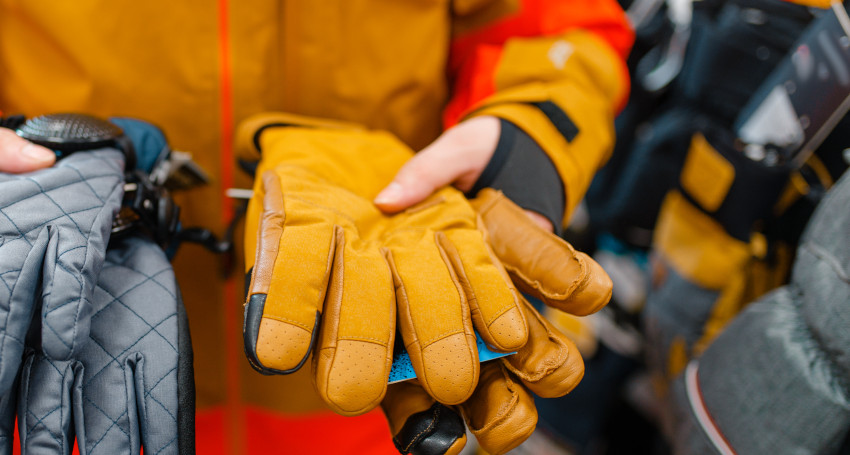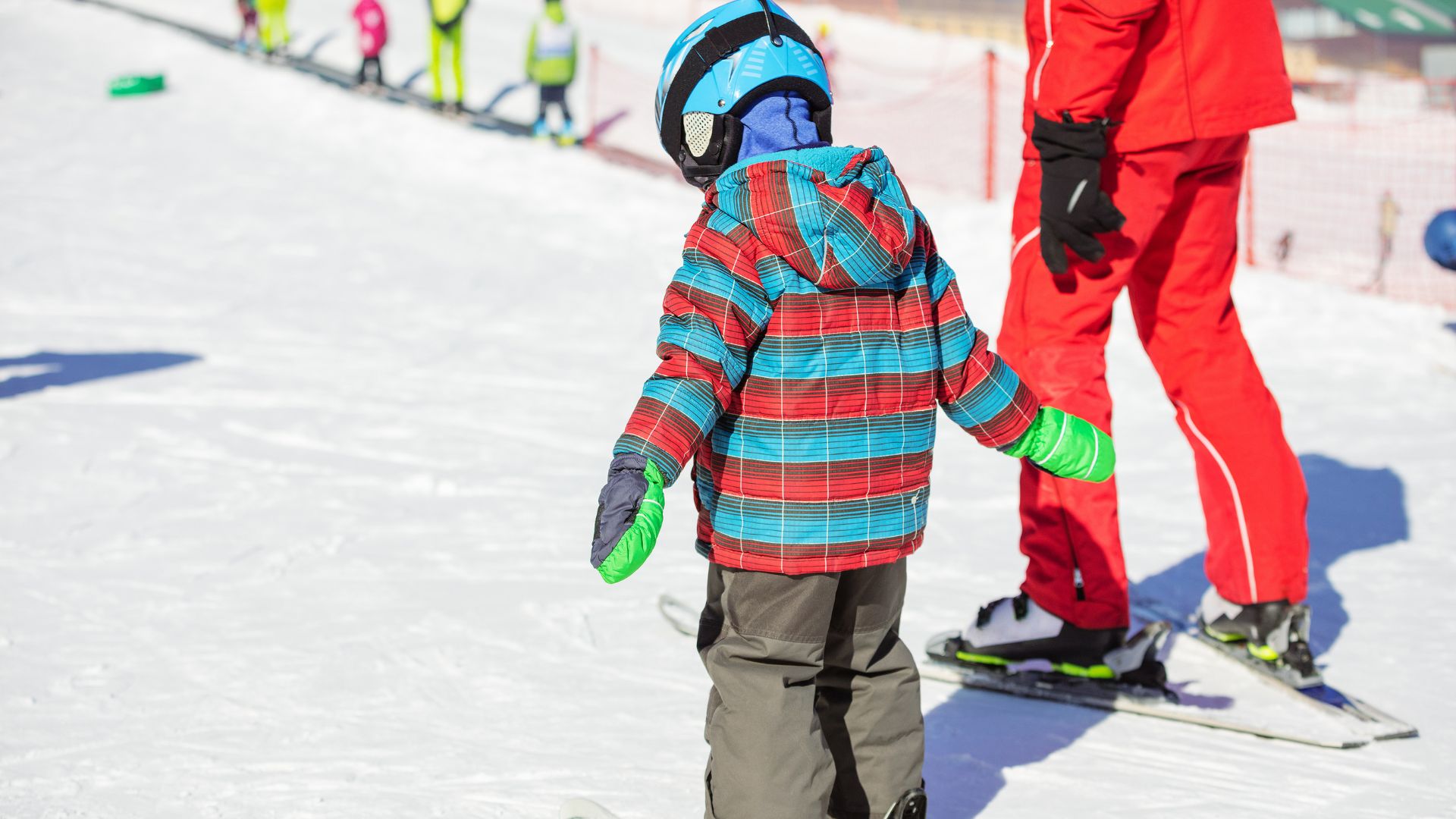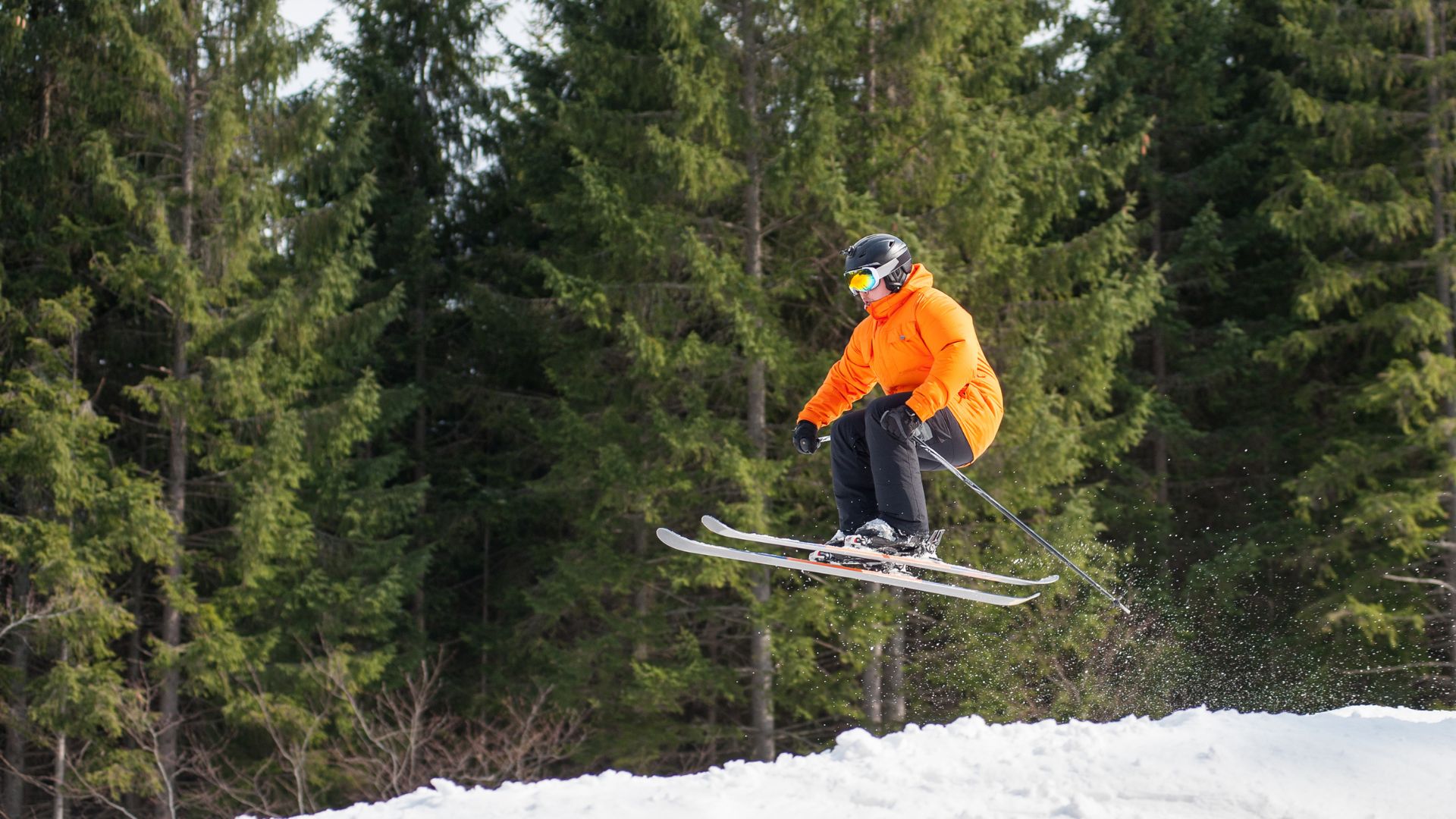
Leather Ski Glove Care – Essential Tips for Prolonged Use
September 5, 2024 | Ski Equipment
Introduction to Leather Ski Glove Care
Leather ski glove care is a crucial aspect of winter sports gear maintenance. Leather, a natural material renowned for its durability and flexibility, requires specific care to maintain its optimal performance. Regular cleaning, conditioning, and appropriate storage are integral parts of this care regimen. Cleaning eliminates dirt and grime that can degrade the leather, while conditioning restores its natural oils, preventing it from drying out and cracking. Proper storage ensures the gloves are not exposed to harmful environmental conditions that can accelerate their degradation. In essence, appropriate leather ski glove care extends their lifespan, maintains their performance, and ensures your investment is maximized.
Why is Proper Glove Care Essential?
Proper glove care is essential for several reasons. Foremost, it prolongs the lifespan of the gloves. Regular cleaning and conditioning significantly extend the life of your gloves, saving you money in the long run. Additionally, well-maintained gloves provide superior protection, ensuring that your hands stay warm and dry during winter sports. Gloves that have been appropriately cared for also perform better. The maintained flexibility of the leather allows for better grip and dexterity, enhancing your control and precision on the slopes. Lastly, proper glove care maintains the aesthetic appeal of the gloves. Clean, well-conditioned gloves look better and are more comfortable to wear.
Understanding Your Leather Ski Gloves
To effectively care for your leather ski gloves, it is essential to understand their composition and the specific care requirements of the materials used. Leather ski gloves are typically made from cowhide or goatskin, which are known for their durability and water-resistance. However, these materials also have unique care needs to maintain these properties. Leather ski gloves often feature additional materials for insulation and waterproofing. These materials may include synthetic fibers, down, or specialized waterproof membranes. These components have their own care requirements, which must be considered in addition to the care of the leather. Understanding the construction and materials of your gloves allows you to provide the most effective care. This knowledge can guide your choice of cleaning and conditioning products and inform your storage decisions.
Reading the Label: What Does it Tell You?
The label on your leather ski gloves provides crucial information about their care requirements. It will typically indicate the type of leather used, any additional materials included, and specific care instructions. This information is invaluable in ensuring that you care for your gloves in a way that maximizes their longevity and performance. For example, the label may specify whether the gloves can be machine washed or require hand washing. It may also indicate whether a specific type of leather conditioner should be used. Additionally, the label can provide guidance on storage conditions to prevent damage to the gloves. In summary, reading and understanding the label on your leather ski gloves is a critical step in their care. It provides the information needed to clean, condition, and store your gloves correctly, ensuring their longevity and optimal performance.
Preparation: Breaking In Your Gloves
The breaking in process is a vital first step in the care and maintenance of your gloves, particularly if they are leather gloves. This process allows the gloves to mold to your hands, enhancing grip and flexibility for winter sports or other activities. Each glove type, be it leather or synthetic, requires a unique method of breaking in, underscoring the importance of understanding your gloves’ material and design. Breaking in your gloves also serves to condition them, preparing them for use and extending their lifespan. This is especially crucial for high-performance gloves used in winter sports or heavy-duty tasks. The process reduces the risk of premature wear and tear, making it an indispensable step in glove care and maintenance. The breaking-in process is a personal one, allowing you to adjust the gloves to your specific needs and comfort. It not only improves the functionality of the gloves but also enhances your overall experience. Investing time in properly breaking in your gloves can pay dividends in the long run.
Proper Techniques for Breaking In
The techniques for breaking in gloves vary depending on their type and material. For leather gloves, a common method involves applying a leather conditioner, then wearing the gloves to shape them to your hand. The conditioner softens the leather, making it more pliable and easier to shape. However, it’s important to apply the conditioner sparingly to avoid damaging the leather. For synthetic gloves, a popular technique is to wear them during low-intensity activities before using them for their intended purpose. This allows the material to stretch and form to your hands gradually. It’s crucial to avoid rushing the process as this can cause the material to tear or degrade prematurely. Remember, breaking in gloves is a gradual process. It may take several days or even weeks to achieve the desired fit and flexibility. Patience is key to ensure that the gloves are properly broken in without causing unnecessary damage.
Maintenance: Washing, Conditioning, and Re-Waterproofing
Proper glove care and maintenance involve regular washing, conditioning, and re-waterproofing. These steps not only keep your gloves clean and hygienic but also extend their lifespan and performance. Washing your gloves helps remove dirt, sweat, and other residues that can degrade the material over time. Conditioning your gloves, particularly leather ones, is crucial to keep them supple and prevent cracking. A quality leather conditioner can restore moisture to the leather, keeping it soft and flexible. It’s advisable to condition your gloves after every wash or whenever the leather starts to feel dry. Re-waterproofing your gloves is essential if they are used in wet conditions, such as winter sports. Over time, the waterproof coating can wear off, reducing the gloves’ effectiveness in keeping your hands dry. Applying a waterproofing spray or wax can restore this functionality, ensuring that your gloves continue to perform optimally.
How Often and How to Wash Your Gloves?
The frequency of washing your gloves depends on how often they are used and the conditions they are exposed to. As a general rule, gloves should be washed whenever they become noticeably dirty or start to smell. However, for gloves used in harsh conditions or for heavy-duty tasks, more frequent washing may be necessary. When washing your gloves, it’s important to turn them inside out to effectively clean the interior. Use a gentle detergent and cold water to avoid damaging the material. For leather gloves, avoid soaking them as this can cause the leather to harden. Instead, use a damp cloth to wipe the surface clean. After washing, let your gloves air dry naturally. Avoid exposing them to direct heat or sunlight as this can cause the material to shrink or crack. Once dry, consider applying a conditioner or waterproofing agent as needed to restore the gloves’ properties. Remember, proper maintenance is key to maximizing the lifespan and performance of your gloves. Regular washing, conditioning, and re-waterproofing can keep your gloves in top condition for longer, providing you with reliable service and comfort.
Conditioning: When and Why?
Conditioning is a pivotal aspect of leather glove care and maintenance, particularly for winter sports enthusiasts. The leather material of ski gloves demands regular conditioning to preserve its flexibility and durability. Conditioning involves the application of specific agents designed to replenish the natural oils in leather, preventing the glove from drying out, cracking, or deteriorating. The frequency of conditioning depends largely on the usage of the ski gloves and the conditions they endure. For instance, ski gloves used daily in harsh winter sports conditions may require weekly conditioning, while less frequently used gloves may only need monthly attention. The process involves the application of a conditioning product, which can be done at home, ensuring the entire surface of the glove is treated. Regular conditioning of leather ski gloves offers several benefits. It maintains the structural integrity of the gloves, enhancing their performance in winter sports activities. Well-conditioned gloves offer improved grip and flexibility, providing comfort and safety during use. Therefore, regular glove conditioning is a strategic measure for optimum performance in winter sports.
Steps for Effective Re-Waterproofing
Re-waterproofing is an essential step in the maintenance of ski gloves, especially those exposed to wet winter sports environments. Over time, gloves may lose their waterproof properties due to wear and tear or improper care. Restoring these properties involves a systematic re-waterproofing process. The re-waterproofing process begins with thorough cleaning of the gloves. This removes accumulated dirt and oils that can impede the effectiveness of the waterproofing agent. After cleaning, the gloves should be allowed to dry naturally. Once dry, the waterproofing agent is evenly applied across the glove surface. The waterproofing agent should be allowed to dry for the recommended period, typically a few hours to a day. After this, a second coat can be applied for optimal waterproofing. Regular inspection and re-treatment of the gloves ensure that the waterproofing remains effective, providing essential protection during winter sports activities.
Preservation: Drying and Storage of Your Gloves
Proper drying and storage are integral to the preservation of ski gloves. These processes prevent the growth of mold and mildew, maintain the shape and structure of the gloves, and ultimately extend their lifespan. After use, ski gloves should be dried naturally, avoiding direct heat sources that can shrink or warp the leather. Instead, gloves should be placed in a well-ventilated area and allowed to dry slowly. This practice preserves the glove’s shape and structure, ensuring they continue to provide protection and performance in winter sports. Once dry, gloves should be stored in a cool, dry place, away from direct sunlight. Flat storage or hanging by the cuffs helps maintain their shape. For long-term storage, gloves should be cleaned and conditioned first to prevent degradation, ensuring they remain ready for winter sports use when needed.
Importance of Proper Drying
Proper drying is a crucial aspect of ski glove care. It prevents the growth of harmful microorganisms like mold and mildew that can degrade the glove material and pose health risks. Furthermore, proper drying helps maintain the shape and structure of ski gloves. Wet gloves can stretch or shrink, altering their fit and functionality. By ensuring gloves are properly dried, these issues can be avoided, ensuring the gloves remain effective and comfortable for winter sports activities. Lastly, proper drying extends the lifespan of ski gloves. It prevents the glove material from becoming overly dry and brittle, leading to cracking and tearing. Therefore, investing time and effort in proper glove drying can save money in the long run by reducing the need for frequent replacements, ensuring continued protection and performance in winter sports.
Best Practices for Storing Your Leather Gloves
For winter sports enthusiasts, leather gloves are an essential piece of equipment. Their storage, particularly, is a significant factor that determines their durability and effectiveness. The first best practice for storing your ski gloves is to keep them in a cool, dry place. Temperature plays a crucial role in the maintenance of leather gloves. Exposure to extreme temperatures can degrade the leather, diminishing the glove’s protective capabilities and shortening its lifespan. Humidity, too, has a detrimental impact on leather gloves. Moisture can seep into the leather, fostering the growth of mold and bacteria. This not only compromises the hygiene of the glove but can also weaken the leather, causing it to tear or puncture. Therefore, glove storage areas should be well-ventilated and devoid of humidity to ensure the longevity of your leather gloves. Sunlight is another factor to consider in the storage of your ski gloves. Ultraviolet rays can cause the leather to degrade, resulting in a loss of flexibility and strength. Therefore, gloves should be stored in a dark place or a place shielded from direct sunlight. Lastly, the storage area should be free of ozone and electrical equipment, which can produce gases that degrade leather and other materials.
Conclusion: Maximizing the Lifespan of Your Leather Gloves
The lifespan of leather gloves can be significantly extended by adhering to proper care and storage practices. Cleaning, drying, and storage techniques play a crucial role in the maintenance of your ski gloves. Ensuring that the gloves are free of dirt and moisture can preserve their durability and effectiveness. Regular inspection of gloves is also a vital practice. This allows for the early detection of damage, enabling timely replacement. This practice prevents potential exposure to harmful substances due to the use of compromised gloves. Furthermore, using gloves for their intended purpose and avoiding unnecessary stress can greatly contribute to their longevity. However, it is important to remember that gloves, like any other protective equipment, have a finite lifespan. Even with the best care and storage practices, they will eventually wear out and need replacement. Hence, it is always advisable to have a replacement pair at hand to ensure continuous protection.
Recap of Essential Care Tips for Your Leather Gloves
To summarize, the essential care tips for leather gloves include regular cleaning using recommended cleaning agents. This ensures that the gloves remain free of dirt, which can compromise their protective capabilities. It also prevents the build-up of oils and sweat, which can degrade the leather over time. Drying the gloves thoroughly after cleaning is also vital. This prevents the growth of bacteria and mold, which can weaken the leather and compromise hygiene. Gloves should be dried in a well-ventilated area and should not be exposed to direct heat or sunlight, as these can degrade the leather. Proper storage is another crucial aspect of glove care. Gloves should be stored in a cool, dry place, away from direct sunlight, ozone, and electrical equipment. They should also be stored flat and not folded, as folding can cause creases that may lead to cracks over time. Lastly, regular inspection of gloves for signs of damage and timely replacement is essential. This ensures that the gloves provide the necessary protection at all times. Remember, gloves are designed to provide protection, but they also require proper care to serve their purpose effectively.
More Posts

How to Teach Kids to Ski: A Complete Parent’s Guide
Skiing is a magical winter sport that can bring families closer together and create lifelong...
read More
Ski Teaching Techniques: Mastering the Art of Ski Instruction
Teaching skiing is more than guiding someone down a slope—it’s about using ski teaching techniques...
read More
How to Become a Private Ski Instructor and Build Your Career on the Slopes
If you’ve ever dreamed of turning your passion for skiing into a career, you’ve probably...
read More
Where Can I Learn to Ski Jump: Lessons, Schools, and Tips
If you’ve ever watched athletes soar gracefully off a ski jump and wondered, where can...
read More
Skiing Safety Tips for Beginners: A Complete Guide to Staying Safe on the Slopes
If you’re new to skiing, the excitement of hitting the slopes can quickly turn overwhelming...
read More
Off Piste Ski Training: Master Backcountry Skiing
Off piste ski training is essential for anyone wishing to elevate their skiing skills beyond...
read More